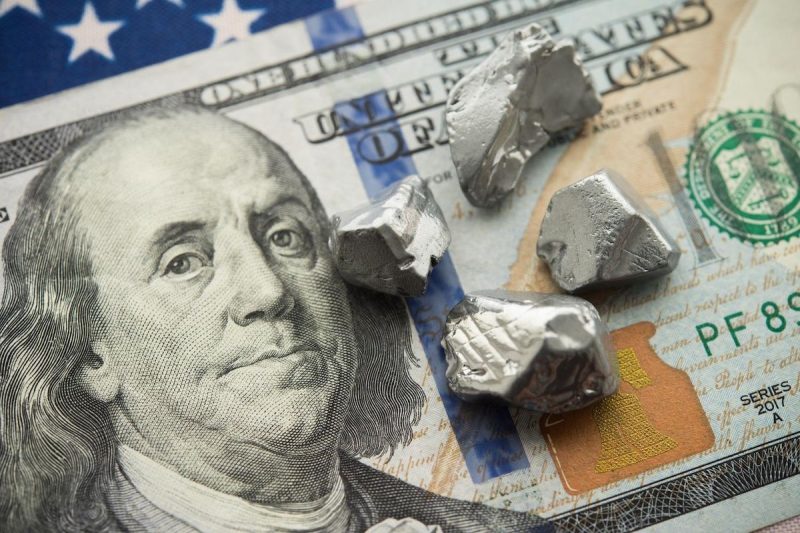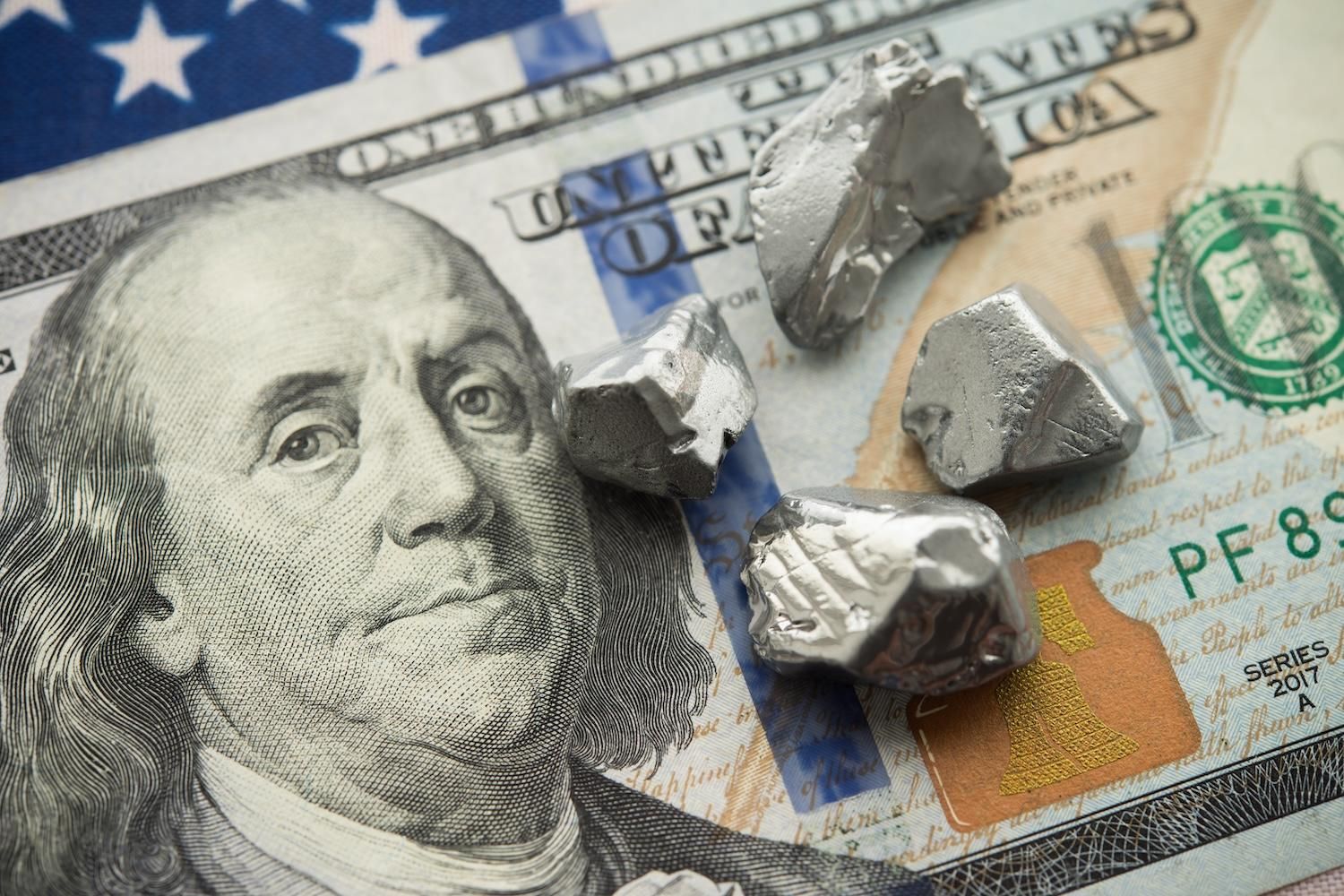

Sun Summit Minerals Corp. (TSXV: SMN,OTC:SMREF) (OTCQB: SMREF) (‘Sun Summit’ or the ‘Company’) is pleased to announce a non-brokered private placement (the ‘Private Placement’) of up to 50,000,000 charity flow-through shares of the Company (each, a ‘Charity FT Share’) at a price of $0.14 per Charity FT Share for aggregate gross proceeds to the Company of up to $7 million. Each Charity FT Share will qualify as a flowthrough share within the meaning of subsection 66(15) of the Income Tax Act (Canada) (the ‘Tax Act’).
The Company intends to use all of the gross proceeds of the Private Placement for exploration of the Company’s JD, Theory and Buck properties and any other Canadian properties that the Company may acquire, provided that the Company will use an amount equal to the gross proceeds received by the Company from the sale of the Charity FT Shares to incur eligible ‘Canadian exploration expenses’ that will qualify as ‘flowthrough mining expenditures’ as such terms are defined in the Tax Act.
‘This capital will fully fund our 2026 exploration program and help accelerate our progress towards an initial mineral resource estimate at JD. The calibre of investors who have agreed to participate in this offering provides additional validation for the quality of the JD Project,’ said Niel Marotta, CEO of Sun Summit.
The closing of the Private Placement is subject to certain closing conditions, including the approval of the TSX Venture Exchange (the ‘TSXV‘). The Company may pay finder’s fees in cash or securities to certain arm’s length finders (each, a ‘Finder‘) engaged in connection with the Private Placement, subject to the approval of the TSXV. Eventus Capital Corp. has been appointed as a Finder in connection with the Private Placement. The Charity FT Shares issued pursuant to the Private Placement will be subject to a four-month hold period in accordance with applicable securities laws.
The Charity FT Shares offered have not been registered under the U.S. Securities Act of 1933, as amended, and may not be offered or sold in the United States absent registration or an applicable exemption from the registration requirements. This news release shall not constitute an offer to sell or the solicitation of an offer to buy nor shall there be any sale of the Charity FT Shares in any State in which such offer, solicitation or sale would be unlawful.
About Sun Summit
Sun Summit Minerals (TSXV: SMN,OTC:SMREF) (OTCQB: SMREF) is a mineral exploration company focused on the discovery and advancement of district scale gold and copper assets in British Columbia. The Company’s diverse portfolio includes the JD and Theory Projects in the Toodoggone region of north-central B.C., and the Buck Project in central B.C.
Further details are available at www.sunsummitminerals.com.
On behalf of the board of directors
Niel Marotta
Chief Executive Officer & Director
info@sunsummitminerals.com
For further information, contact:
Matthew Benedetto, Simone Capital
mbenedetto@simonecapital.ca
Tel. 416-817-1226
Forward-Looking Information
Statements contained in this news release that are not historical facts may be forward-looking statements, which involve risks, uncertainties and other factors that could cause actual results to differ materially from those expressed or implied by such forward-looking statements. In addition, the forward-looking statements require management to make assumptions and are subject to inherent risks and uncertainties. There is significant risk that the forward-looking statements will not prove to be accurate, that the management’s assumptions may not be correct and that actual results may differ materially from such forward-looking statements. Accordingly, readers should not place undue reliance on the forward-looking statements. Generally forward-looking statements can be identified by the use of terminology such as ‘anticipate’, ‘will’, ‘expect’, ‘may’, ‘continue’, ‘could’, ‘estimate’, ‘forecast’, ‘plan’, ‘potential’ and similar expressions. Forward-looking statements contained in this press release may include, but are not limited to, the use of proceeds of the Private Placement, the tax treatment of the Charity FT Shares, the terms and completion of the Private Placement, the payment of finder’s fees and obtaining regulatory approval, including approval of the TSXV, for the Private Placement, the sufficiency of the gross proceeds of the Private Placement to fully fund the Sun Summit’s 2026 exploration plans, and to accelerate its progress towards an initial mineral resource estimate at the JD Property. These forward-looking statements are based on a number of assumptions which may prove to be incorrect which, without limiting the generality of the following, include: the state of the equity financing markets in Canada and other jurisdictions; the receipt of regulatory approval; volatility and sensitivity to market prices; changes in tax legislation; fluctuations in metal prices; and other exploration, development, operating, financial market and regulatory risks. The forward-looking statements contained in this press release are made as of the date hereof or the dates specifically referenced in this press release, where applicable. Except as required by applicable securities laws and regulation, Sun Summit disclaims any intention or obligation to update or revise any forward-looking statement, whether as a result of new information, future events or otherwise, except as required by applicable securities laws. All forward-looking statements contained in this press release are expressly qualified by this cautionary statement.
Neither the TSXV nor its Regulation Services Provider (as that term is defined in the policies of the TSXV) accepts responsibility for the adequacy or accuracy of this release.
NOT FOR DISTRIBUTION TO UNITED STATES NEWSWIRE SERVICES OR FOR DISSEMINATION IN THE UNITED STATES

To view the source version of this press release, please visit https://www.newsfilecorp.com/release/277484

News Provided by Newsfile via QuoteMedia


















 , an independent platform which provides sustainability assessments for the mining industry. In October 2025, GreenRoc signed a binding secured loan facility for EUR 5.2 million from the Export and Investment Fund of Denmark (‘EIFO‘), for the financing of the Company’s work programme.
, an independent platform which provides sustainability assessments for the mining industry. In October 2025, GreenRoc signed a binding secured loan facility for EUR 5.2 million from the Export and Investment Fund of Denmark (‘EIFO‘), for the financing of the Company’s work programme.


 , an independent platform which provides sustainability assessments for the mining industry. In October 2025, GreenRoc signed a binding secured loan facility for EUR 5.2 million from the Export and Investment Fund of Denmark (‘EIFO‘), for the financing of the Company’s work programme.
, an independent platform which provides sustainability assessments for the mining industry. In October 2025, GreenRoc signed a binding secured loan facility for EUR 5.2 million from the Export and Investment Fund of Denmark (‘EIFO‘), for the financing of the Company’s work programme.